Bhringaraj
Eclipta Alba (False Daisy) is a herb that has traditional usage as a liver tonic in Ayurveda. It appears to have preliminary evidence to suggest hair growth promotion as potent as Minoxidil and some anti-diabetic effects as well as liver protection.
Bhringaraj is most often used for
Last Updated:September 28, 2022
Eclipta Alba (False Daisy) is a herb that has traditionally been used in Ayurvedic medicine for being a liver tonic (for which it is one of the more effective herbs apparently) and having beneficial effects on diabetes, eye health, and hair growth.
In regards to these claims, it appears to have some anti-diabetic effects in animal studies with the mechanism of action not yet known. Hair regrowth has been noted in repeated studies with the petroleum ether extract mostly, and its potency rivals that of Minoxidil at 2% solution; combination thrapy of Eclipta Alba with two other herbs (Citrullus Colocynthis and Cuscuta Reflexa) has outperformed Minoxidil according to one study.
Eye health does not have any direct studies on it despite its historical claims, although the one human intervention noted that 7.5% of the sample consuming 3g of the leaves daily claimed they had better eyesight; this study was blinded, and constitutes the only evidence for eye health claims. In a way it is promising (3g of the leaves themselves over 60 days improving eye health even when paricipants were unaware this could be an effect of treatment) but it does not constitute sufficient evidence in and of itself.
Beyond the possible eye/hair benefits and the liver protection, other possible benefits of Eclipta Alba are lessened anger (two animal studies, moderate oral doses), pain reduction (dose dependent, which outperfomed Aspirin when consumed at higher doses of 500mg/kg rats; 80mg/kg ethanolic extract in humans) a reduction in blood pressure, diuretic effects, with at least one study suggesting some benefit to the immune system (increasing macrophage and white blood cell activity).
A possibly promising herb for wellness and beauty, but requires more studies on it.
- False Daisy
- Yerba De Tago
- Kehraj
- Karisalankanni
- Eclipta Alba
- Ecklonia Cava (sounds similar)
- Morus Alba or Basella Alba (similar species names
- different herbs)
Currently, the only human study using Eclipta Alba merely consumed 3,000mg of the leaves. This study did not use a particular extract, but crushed and encapsulated the leaves themselves.
Benefits are seen with the petroleum ether extract on hair growth (up to 5% of solution when applied topically) and the ethanolic extract for pain reduction (dose dependent up to 500mg/kg in rats, which is 80mg/kg in human equivalence).
🚧 Under Renovation 🚧
The information in this section is slated for renovation — it will soon be transformed into a more usable (and readable!) form in the coming months. As such, the text in this section may be out of date and not up to Examine’s current standards for writing style.






